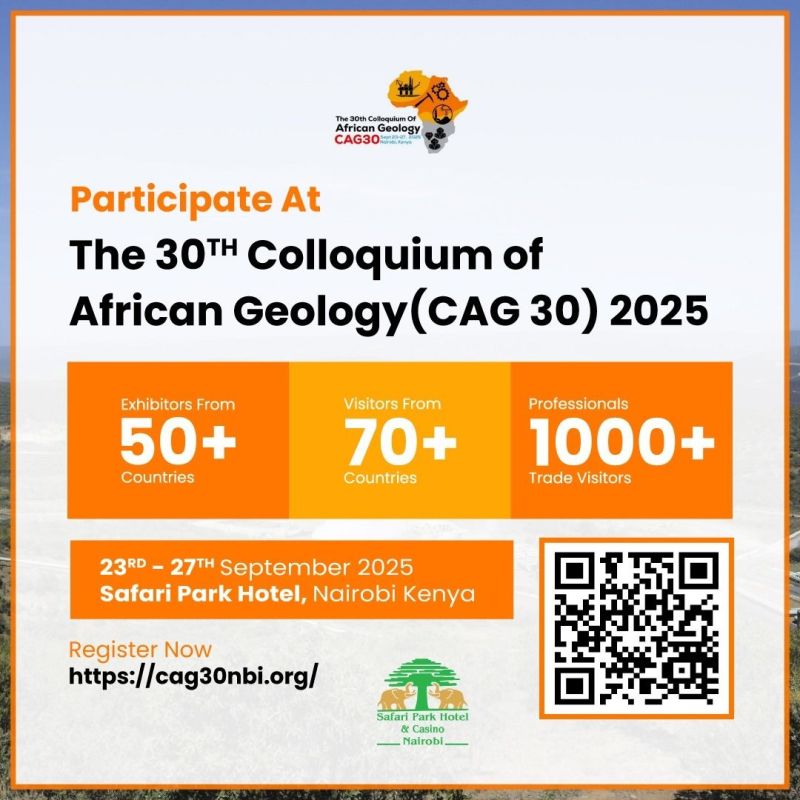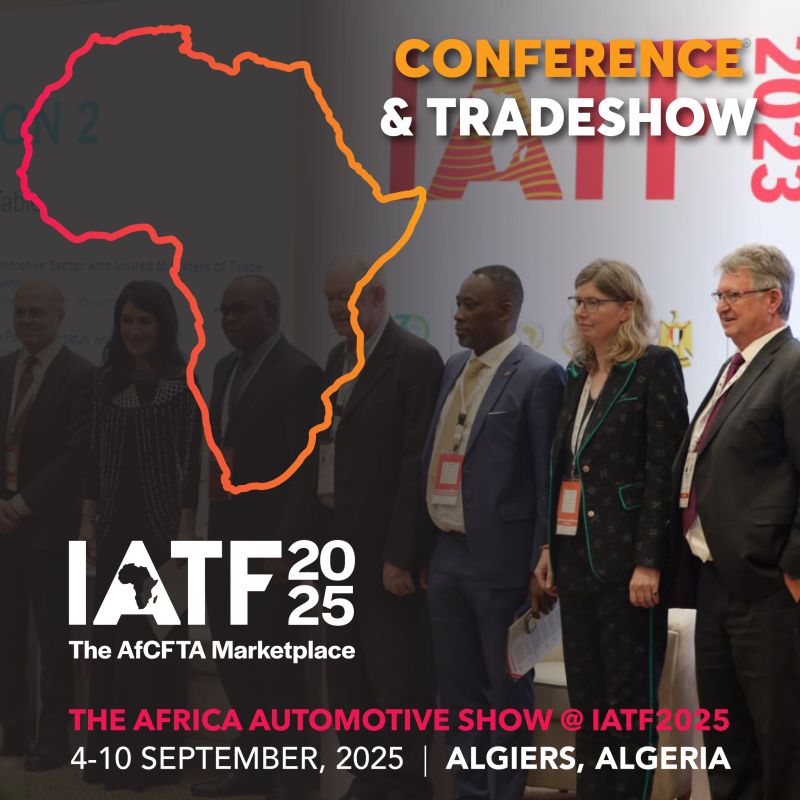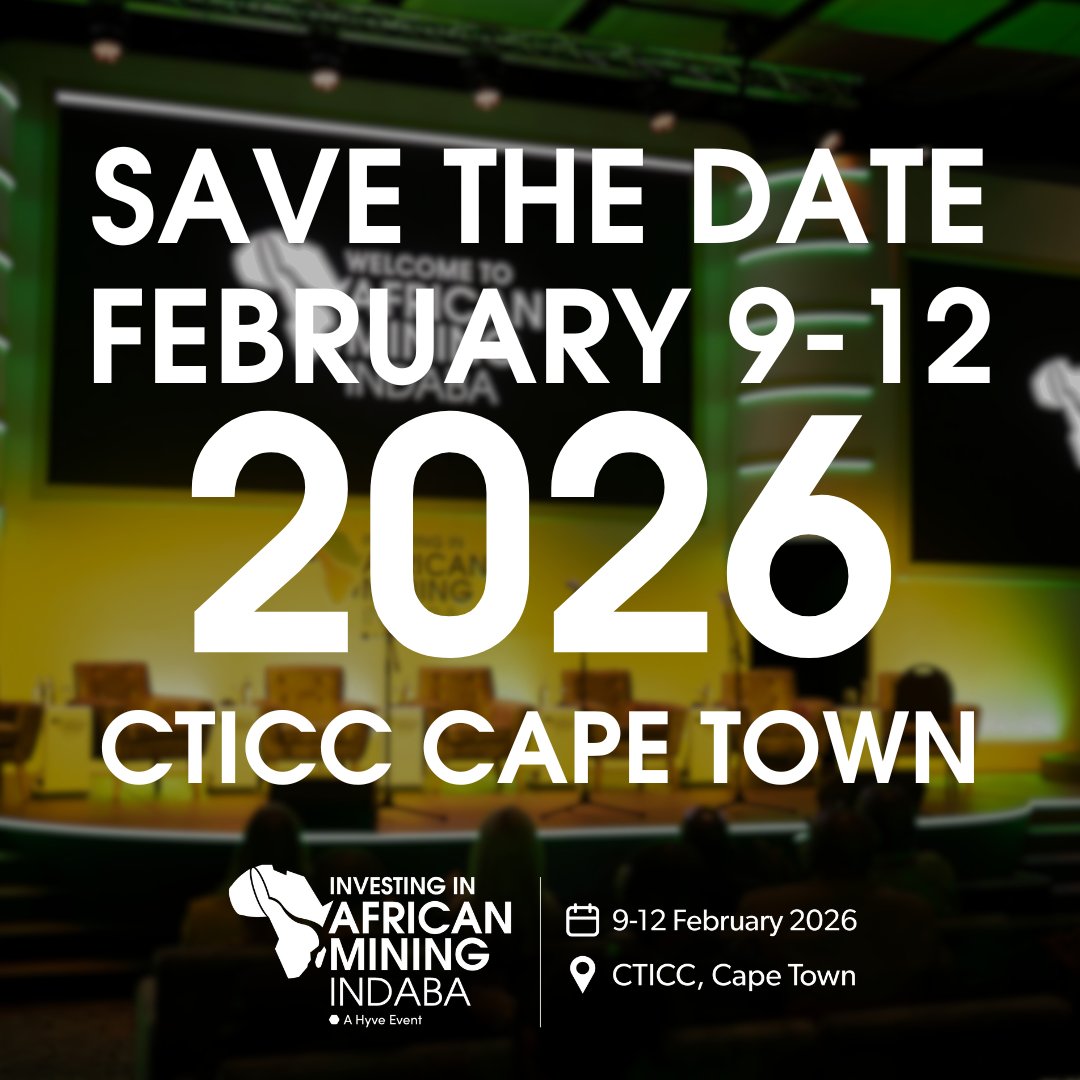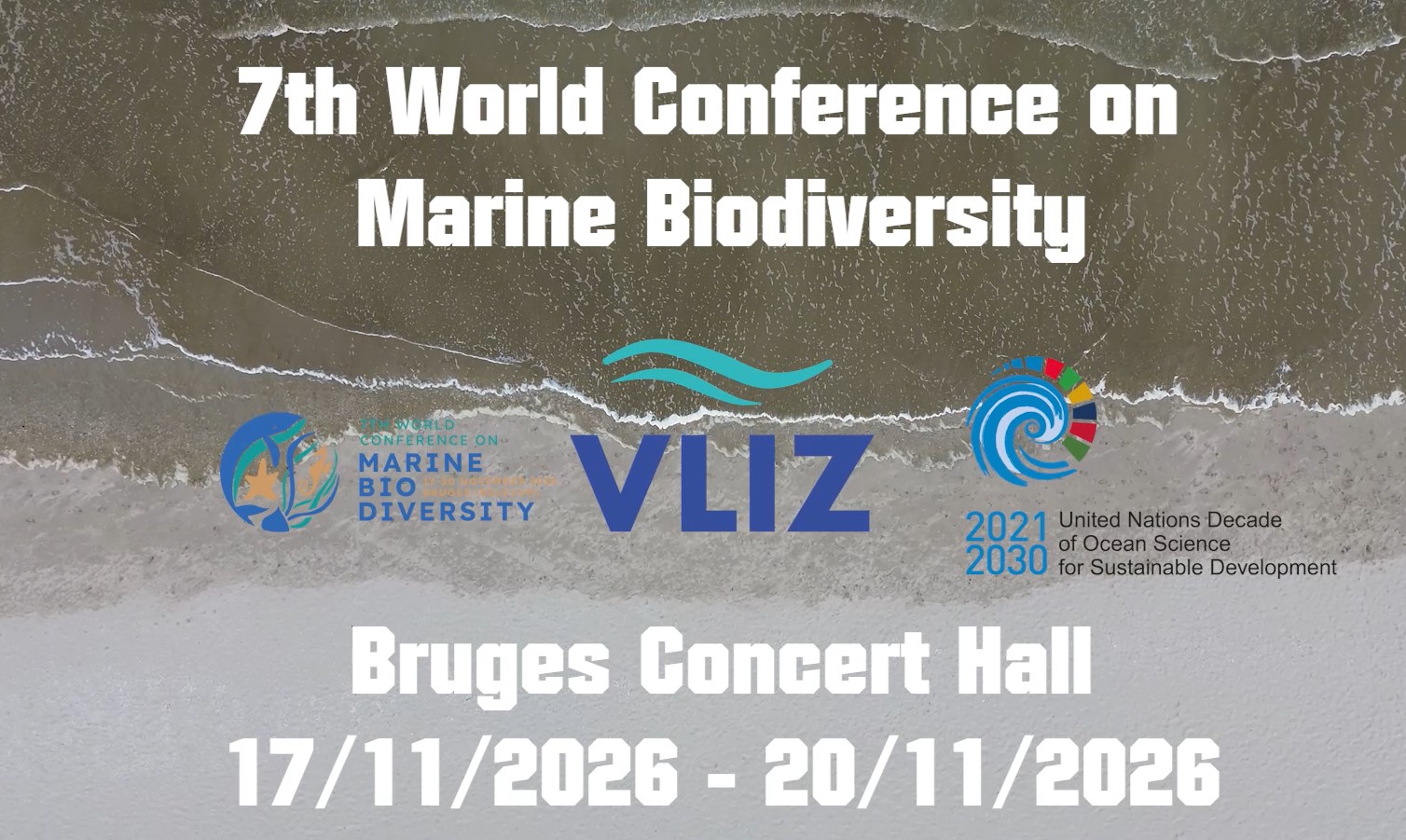The mining industry is facing one of its most complex eras. With turbulent commodity cycles, rising operational costs, constrained access to capital, and the ever-growing challenge of delivering current production while securing future reserves, the pressure on mining executives has never been greater. In this climate, capital optimisation is no longer optional—it’s a strategic necessity. Increasingly, mining firms are turning to phased development strategies, where minimally viable mines are designed to begin generating revenue early, and then expanded in self-funded stages.
Also Read: Breakthrough in mechanised mining: Narrow reef cutting and mobile tunnel boring advancing at Bokoni
At the forefront of this shift is ROCx—rigorous optimisation of capital expenditure—a structured and facilitated approach that helps mining companies optimise technical study designs to deliver maximum financial outcomes without undermining engineering integrity. According to Reini Cronje, Associate Principal at Partners in Performance, Part of Accenture, ROCx has already helped unlock billions in value across projects worldwide, with net present value (NPV) improvements of 40%–80% being common results.
Unlike traditional cost-cutting initiatives, ROCx is a value-focused methodology. It interrogates the assumptions that underpin project designs, testing the trade-offs between key drivers such as scale, capital expenditure (capex), operating expenditure (opex), and time to first cash flow. This isn’t about dismissing the work of project teams; rather, it helps them reconnect engineering decisions to economic outcomes. As Cronje explains, project teams often become so immersed in technical details that they lose sight of broader value drivers. ROCx brings them back to the central question: are we solving the right problem in the right way?
The process itself is collaborative. Partners in Performance, Part of Accenture, works directly with design, engineering, procurement, and construction teams through short, intensive engagements that typically last a few weeks. The outcome is an optimised design still owned by the project team—not an external audit. This makes it highly adaptable, whether applied at concept stage or during feasibility studies.
In one recent engagement, ROCx addressed a mining project with a decade-long gap between initial investment and steady-state production. By rethinking mine development schedules and focusing on accelerating decline development, the team was able to bring forward cash flows, reduce risks, and unlock value far earlier. This reflects ROCx’s strength in applying continuous improvement (CI) principles to the design phase—a space where CI is often overlooked. By challenging assumptions about shift patterns, equipment usage, and infrastructure sequencing, significant performance gains can be achieved before operations even begin.

Practical changes such as revising work shifts, deploying twin-boom jumbos, or enabling multiple blasts per day with early ventilation upgrades have shown how rethinking design assumptions can transform feasibility into profitability. Importantly, this prevents the common pitfall of over-promising during studies and under-delivering during execution.
For South Africa and other mining regions where capital is constrained and extending asset life is a priority, ROCx offers a powerful lever for doing more with less. Its ability to bridge the gap between technically robust engineering and economically optimal outcomes is what makes it so impactful. By the pre-feasibility stage—when designs are advanced enough to optimise but not yet locked in—ROCx can deliver its greatest benefits.
While challenging entrenched assumptions can be uncomfortable, the rewards are clear: stronger financial outcomes, more realistic project plans, and assets that begin delivering value earlier. As Cronje summarises, “It’s about helping teams build better projects that are realistic, value-driven, and ready to deliver from day one.”















